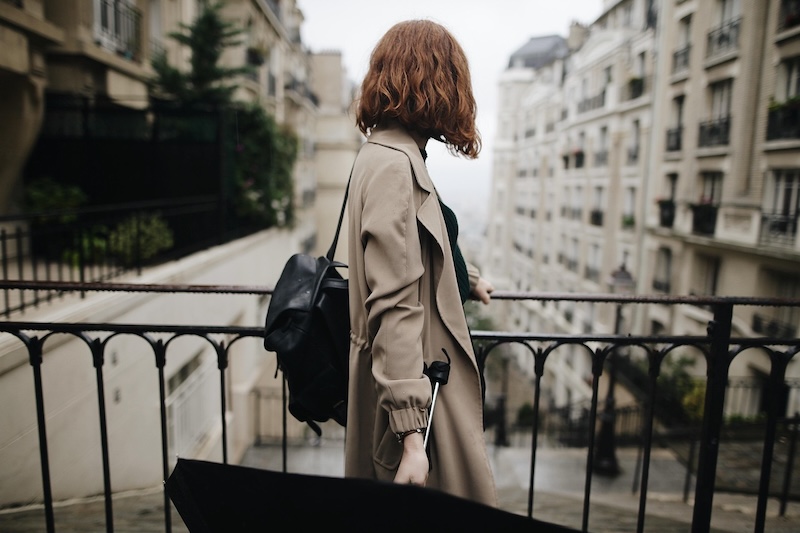Longchamp: When Heritage Becomes a Daily Companion. Why a Handbag Is More Than an Accessory.
I have always believed that a handbag is far more than a fashionable detail we add before leaving the house. For many of us, it is a true necessity—our private world carried discreetly at our side, holding everything we need to move through the day with confidence. Over time, most women discover a style that becomes almost an extension of themselves: a shape, a line, a way of being held that feels instinctive. And once that harmony is found, we usually stay faithful to it. I thought about this recently when reading an article on backpacks, which reminded me how important it is for practicality and beauty to coexist in the things we use every day.
The Quiet Importance of What We Carry
What has always fascinated me about handbags is how they accompany us through life’s ordinary and extraordinary moments. They hold our keys, phones and purses, of course, but they also hold the things we do not talk about as much: the lip balm we have used for years, the photograph we cannot part with, the notebook where ideas and worries coexist. A good bag becomes a sort of private territory, familiar and reassuring.
It is perhaps why so many women, myself included, feel such a sense of loyalty once we find the shape or style that suits us. It might be a clean, structured silhouette that makes everything feel orderly, or something softer and more relaxed that adapts to our rhythm. We choose instinctively, and the decision quietly shapes our everyday life.
The Long Story Behind a Simple Gesture
This personal connection is one reason I’ve always had a soft spot for brands with a long, thoughtful heritage—Longchamp being one of them. Not for the status or the fashion image, but for the sense of continuity behind the gesture of picking up the bag. The Maison’s story, beginning in 1948 and carried forward through four generations, is rooted in the dedication of its artisans in western France. More than 800 men and women practise their craft across 25 workshops, each movement informed by years of experience and shared tradition.
Knowing this does not change how a bag functions in daily life, of course, but it adds a quiet pleasure to the act of using it. There is something grounding about objects shaped by human hands rather than fleeting trends.
Leather as a Companion, Not a Statement
Leather, particularly, has a subtle way of ageing with us. It softens, adapts, follows the curve of a shoulder or the fold of a hand. Longchamp’s early history—even covering simple pipes with supple leather—speaks to this idea of transforming the ordinary into something intimate. It is this emotion, rather than luxury or display, that resonates with me: the feeling that an object has become familiar, almost warm.
A handbag may be made of leather and stitching, but with time it gathers memories. It becomes less about what brand it is and more about the life you live with it.
Finding “Your” Bag, and Staying True to It
What I appreciate most is how a handbag can quietly reflect who we are without demanding attention. There is no need for extravagance. When you finally find the piece that feels right—balanced, useful, comfortable, aligned with your habits—you tend to stay loyal to it. It becomes a companion rather than a fashion choice.
And perhaps that is the true charm: not the labels or the statements, but the comfort of familiarity. A good handbag is a small everyday luxury, not because of its price or prestige, but because it supports you, accompanies you, and gives a subtle sense of confidence as you move through the day.
Poppy Watt


